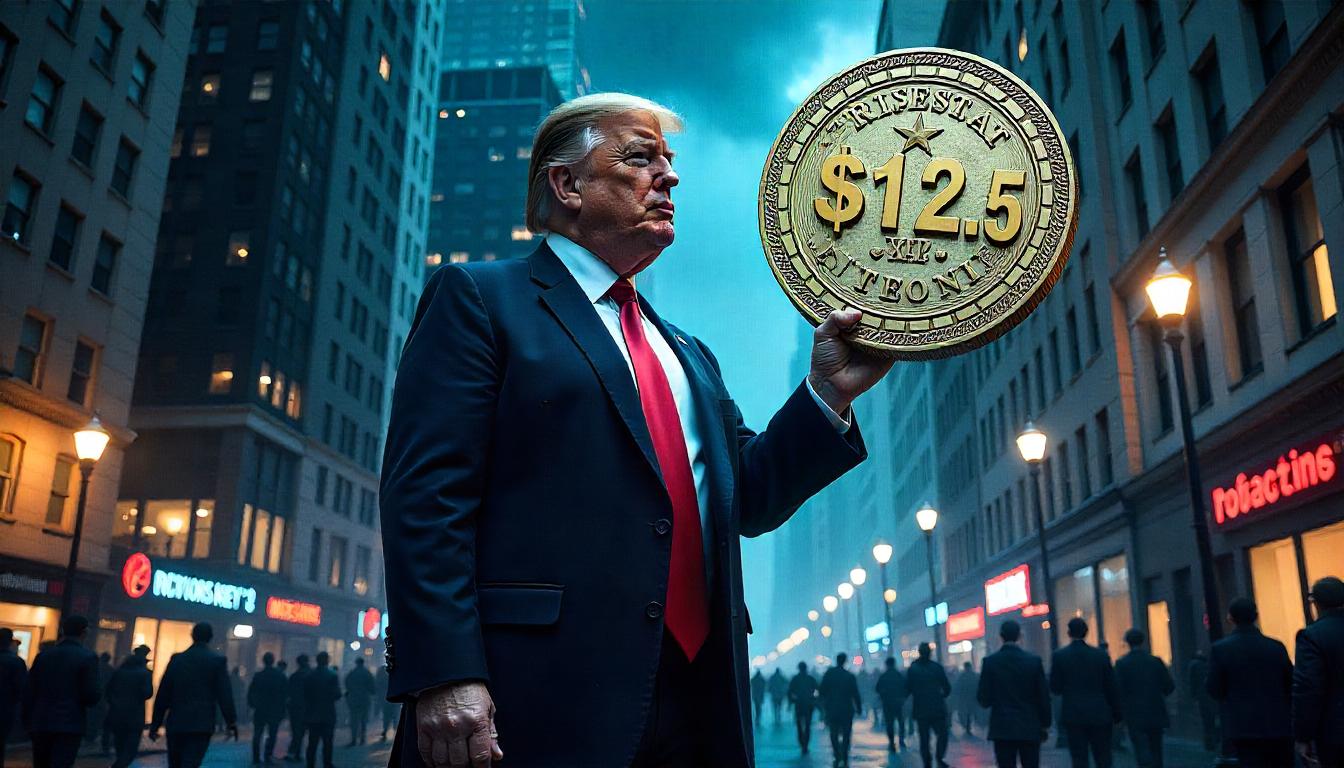Standard Chartered Projects $12.50 XRP by 2028, Citing Regulatory Shifts and Real-World Utility
XRP could reach $12.50 by the end of President Trump’s term in 2028, driven by structural demand in global payments and evolving regulatory dynamics, according to a new forecast by Standard Chartered.
The bank initiated coverage of the Ripple-affiliated token on Tuesday, laying out a gradual price trajectory that sees XRP hitting $5.50 by end-2025, $8 by 2026, and $10.40 by 2027. At the time of publication, XRP was trading at $1.93, having gained over 7% in the past 24 hours.
A major catalyst, according to the report, was the sixfold surge in XRP’s price following Trump’s re-election—a move fueled by market speculation that the U.S. Securities and Exchange Commission (SEC) might abandon its appeal in the Ripple lawsuit. The potential for an XRP ETF has also contributed to bullish sentiment.
“Market reaction has been swift and justified,” said Geoffrey Kendrick, Head of Digital Assets Research at Standard Chartered. “XRP stands out among digital assets for its targeted use case in cross-border and cross-currency settlement, which is undergoing rapid transformation.”
The report positions XRP as a functional analog to leading stablecoins, such as USDT and USDC, which are widely used in on-chain financial transactions. With stablecoin usage projected to grow tenfold by 2029, XRP’s infrastructure—specifically the XRP Ledger (XRPL)—could play a significant role in facilitating scalable, efficient payments.
Standard Chartered also highlighted Ripple’s efforts to expand XRPL’s utility through tokenization initiatives, broadening the protocol’s relevance beyond remittances.
While the bank acknowledged limitations—namely a smaller developer base and limited mechanisms for value accrual within the XRPL protocol—it concluded that strong sectoral tailwinds and growing institutional engagement more than offset these risks.
Overall, the report sees XRP keeping pace with bitcoin in terms of long-term performance, underpinned by its real-world use case and improving regulatory environment.





